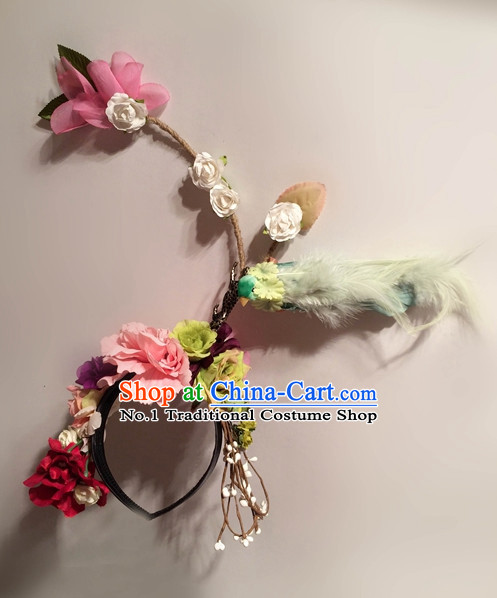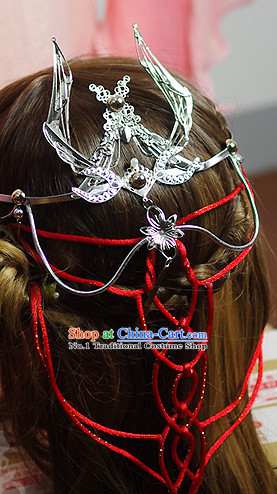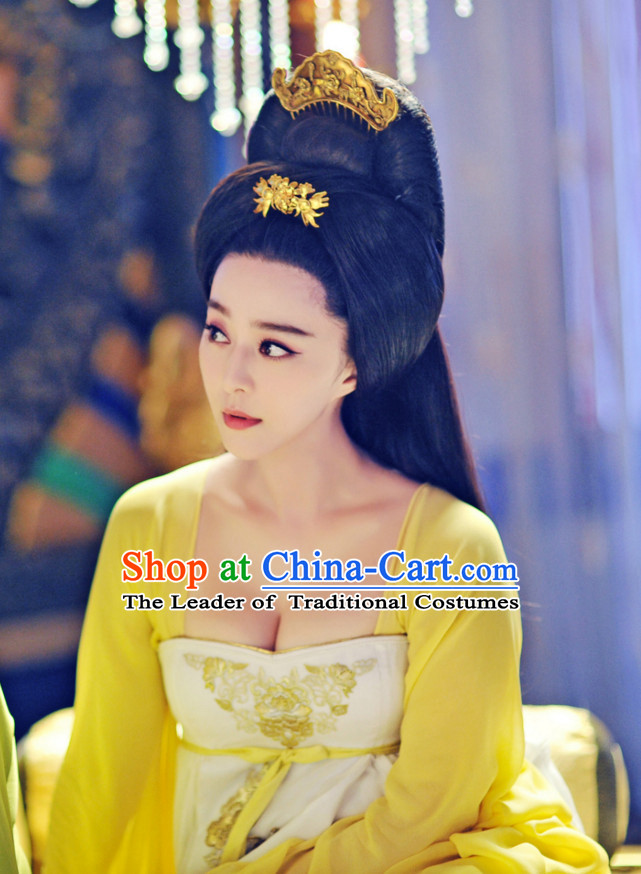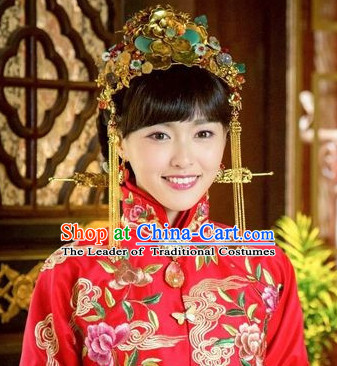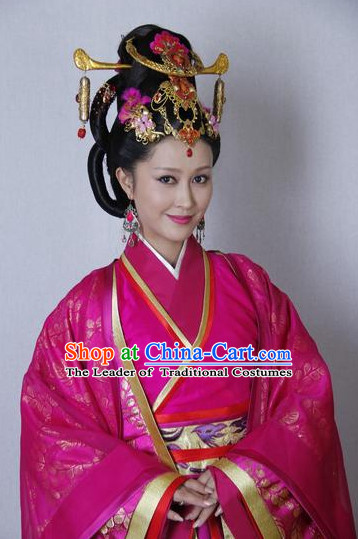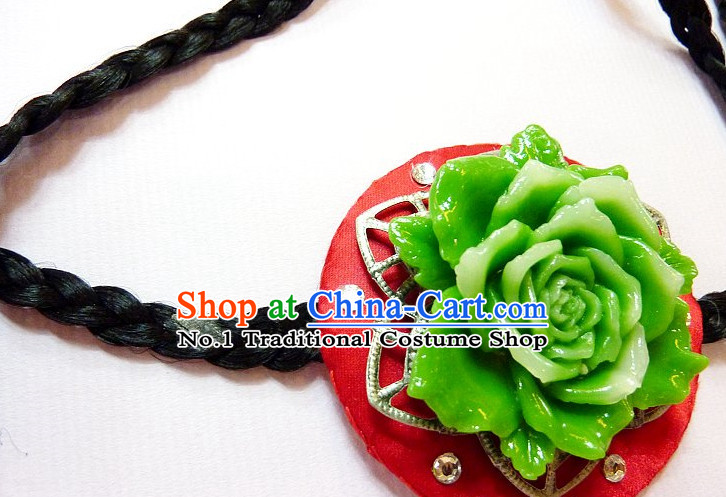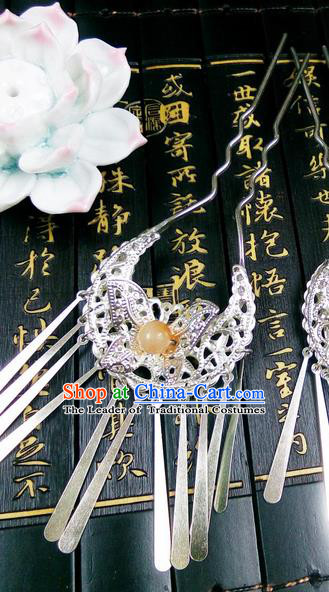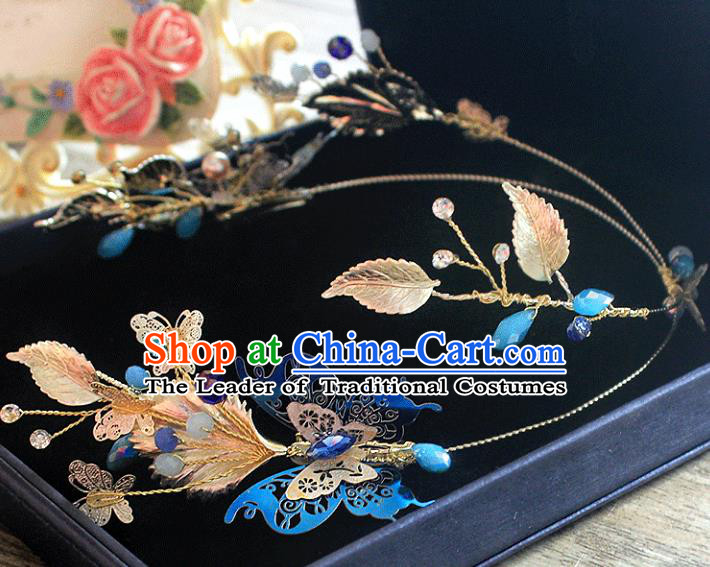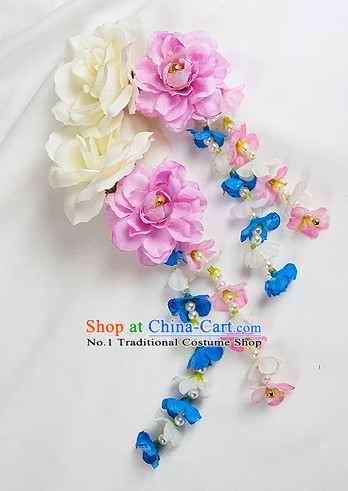
Click Related Pictures for More Audios:
In Chinese culture, flower hair fascinators, also known as flower hairpins or flower headwear, are a type of artwork with a long history and rich cultural significance.
These accessories are typically made from silk, cotton thread, or other materials and adorned with various floral patterns such as peonies, chrysanthemums, roses, and more.
These exquisite flowers not only have visual appeal but also symbolize good fortune, prosperity, and happiness.
In ancient China, women often wore flower hairpins to showcase their beauty and elegance.
These hairpins could be worn as a headpiece or as a hairband.
The design and craftsmanship of these hairpins were exceptional, with each flower appearing lifelike and swaying in the wind.
Additionally, flower hairpins could be paired with other accessories such as necklaces, earrings, and bracelets to enhance the overall luxurious feel.
Over time, flower hairpins became an integral part of traditional Chinese culture and spread throughout the world.
Today, people still enjoy wearing flower hairpins to express their individuality and taste.
During traditional Chinese festivals and celebrations such as the Spring Festival, Mid-Autumn Festival, and Dragon Boat Festival, people wear flower hairpins to celebrate and pray for good luck.
In conclusion, Chinese Traditional Flower Hair Fascinators are a type of artwork with historical significance and cultural connotations.
They not only have beautiful appearances but also carry people's yearning for a better life and blessings.
By appreciating and inheriting these exquisite flower hairpins, we can better understand the charm and value of traditional Chinese culture.

